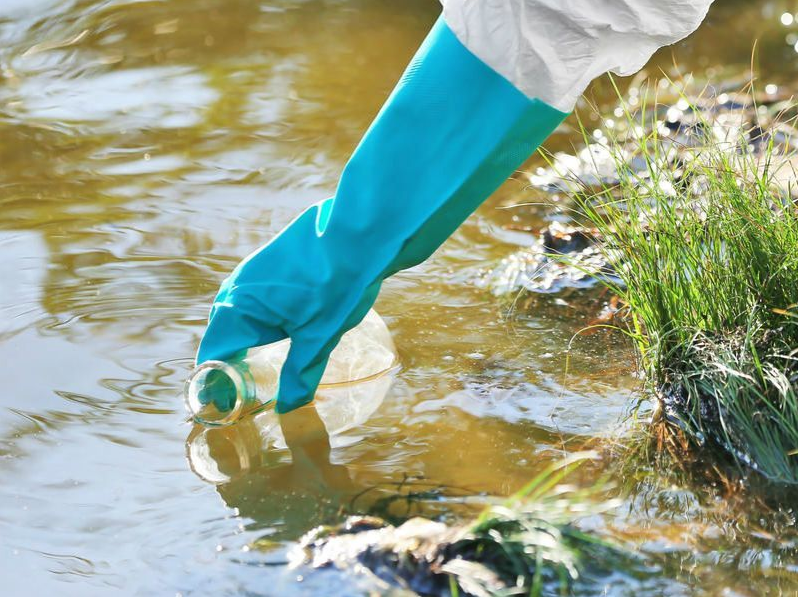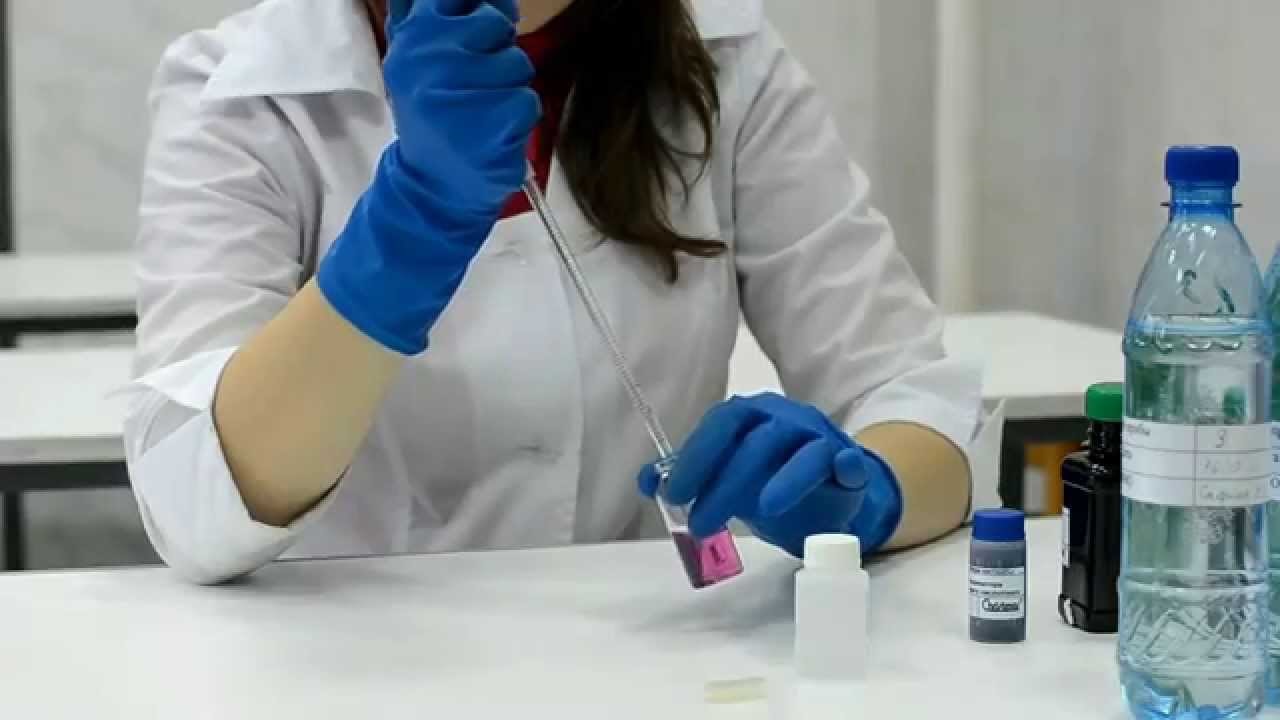Generally, inductively coupled plasma emission spectrometry is used to determine the total zinc in urban sewage, and the measurement range is 0.02mg/L-2000mg/L. Through volatilization, atomization, excitation, and collision, characteristic spectral lines of various elements are emitted. The intensity of the spectral lines is proportional to the density of ground state atoms. The luminescence intensity of the measured water sample can be calculated by comparing the luminescence intensity of the standard solution. its concentration.

Drugs used for testing
1. Nitric acid 1.40g/mL, excellent grade;
2. Nitric acid 1.40g/mL, analytically pure;
3. Perchloric acid 1.67g/mL, excellent grade;
4. Hydrochloric acid 1.18g/mL;
5. Nitric acid solution (1+1)
Mix nitric acid with an equal volume of laboratory grade water;
6. Nitric acid solution (0.2+99.8)
Slowly add 2 mL of nitric acid to 998 mL of laboratory first-grade pure water;
7. Nitric acid solution (1+1)
Mix nitric acid with an equal volume of laboratory grade water;
8. Zinc stock solution 1000mg/L
Weigh (1.000±0.001) g of spectrally pure zinc or weigh an equivalent amount of zinc oxide (spectral pure), dissolve it with nitric acid completely, transfer it to a 1000mL volumetric flask, and dilute to the mark.
9. Zinc standard solution
Dilute the zinc stock solution with nitric acid solution to obtain a zinc standard working solution with a concentration of 2 mg/L;
10. Argon
Supplied from an argon gas cylinder, its purity is qualified to obtain a stable plasma flame.

Instruments used for testing
1. Emission spectrometer with inductively coupled plasma as the light source
2. Glassware commonly used in laboratories
Check the specific steps
Digestion: Take a water sample (10mL-250mL, depending on the situation of the water sample) and transfer it to a 250mL commercial beaker, add 5mL of nitric acid, heat it on a hot plate to evaporate to 10mL, remove it for cooling, add 10mL of nitric acid along the wall of the beaker, and when the water When the sample pollution is not serious, add a small amount of hydrogen peroxide; when the water sample is seriously polluted, add 4 mL of perchloric acid, continue to heat and digest until the solution is clear, dissolve it with a small amount of water, filter it into a 100 mL volumetric flask, and set the volume to the instrument to be tested. Operation: strictly follow the operation manual.
Luminous intensity measurement: The instrument is zeroed with nitric acid solution. After the zero point is stable, use the zinc standard liquid sprayed into the plasma torch to establish the parameters of the element file, and spray the blank and zinc standard liquid into the plasma torch to establish the method file and record The luminescence intensity was used as a standard to determine the zinc content in the water sample.
Finally, calculate the accurate zinc content in the water sample according to the formula.



